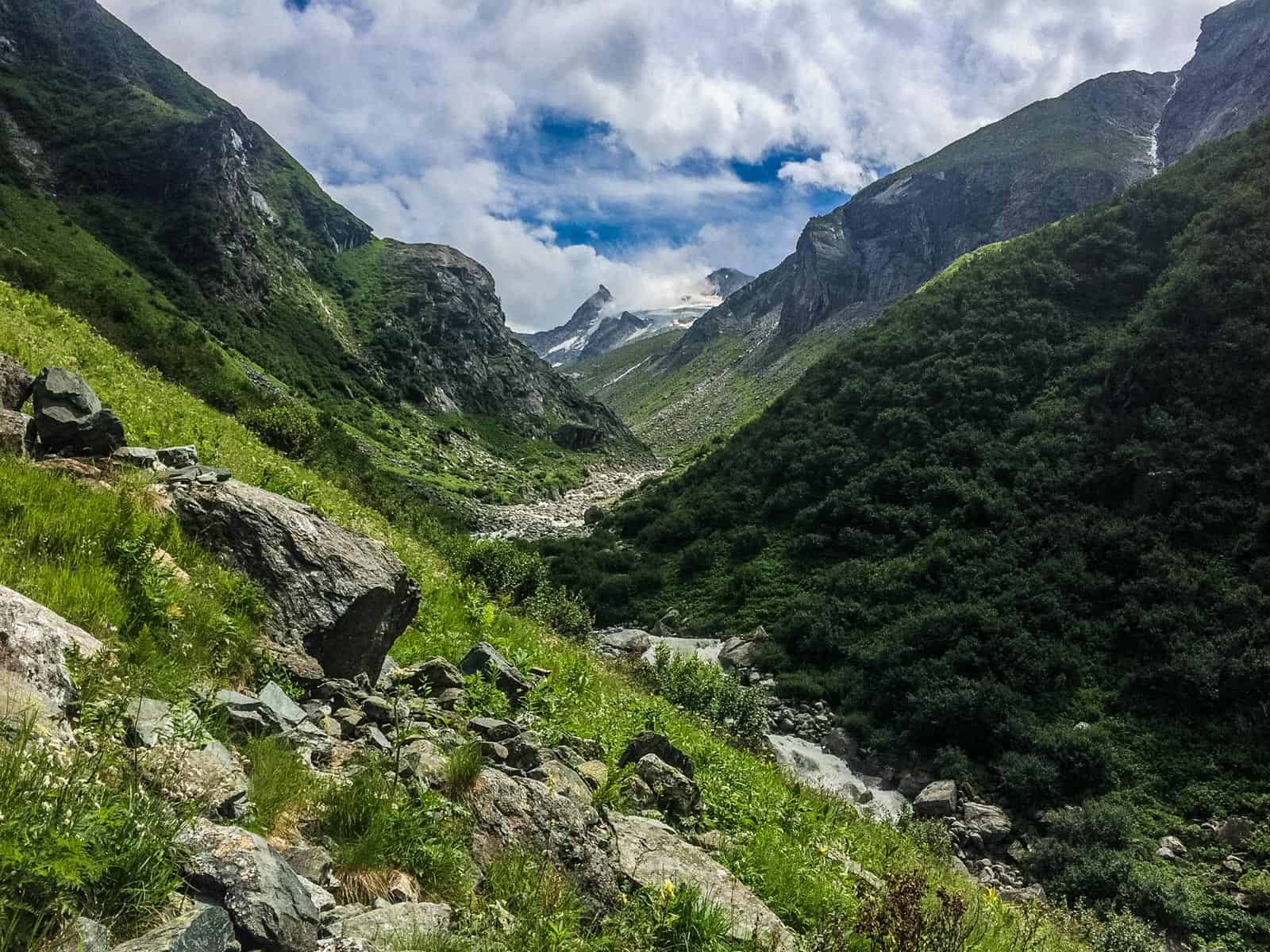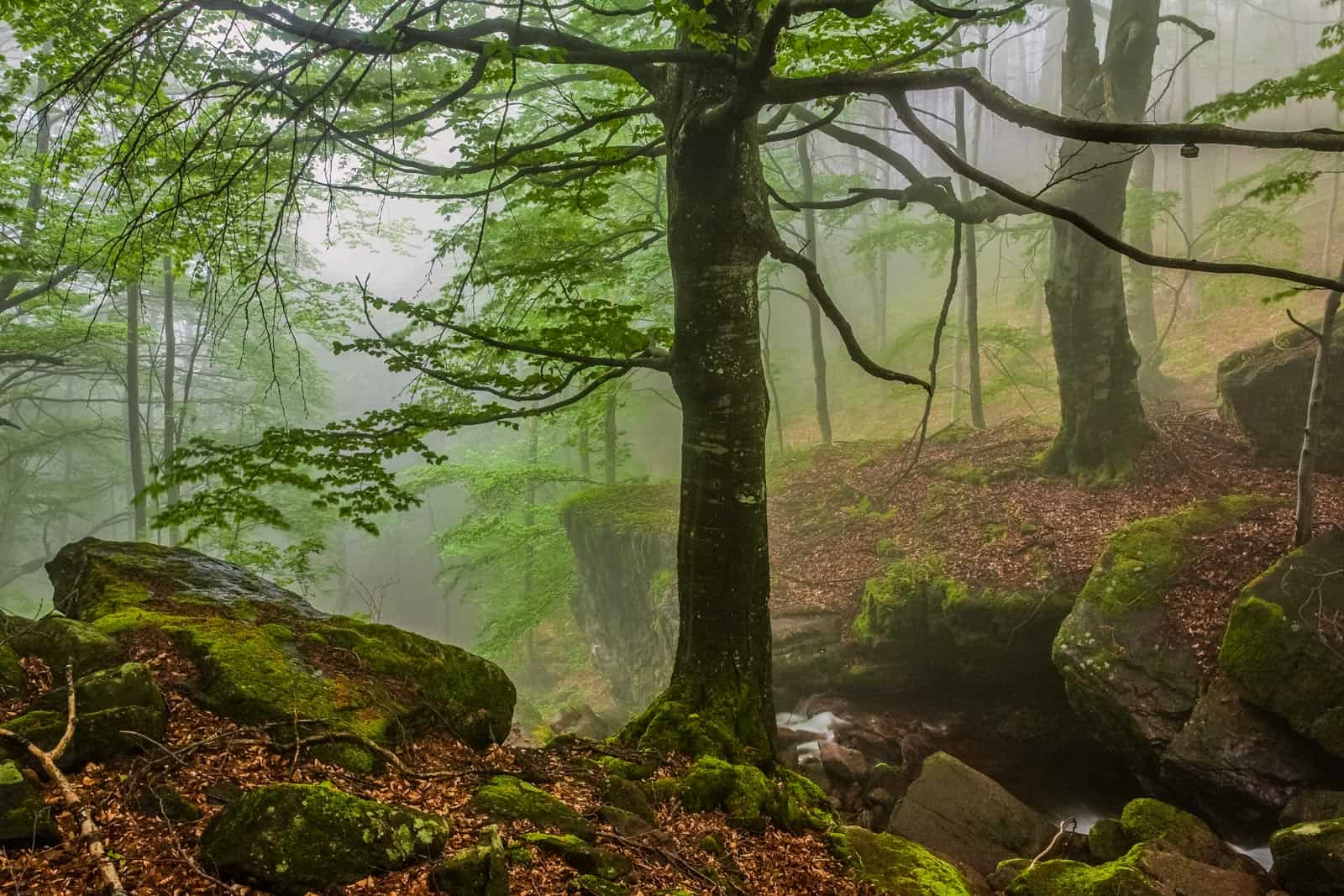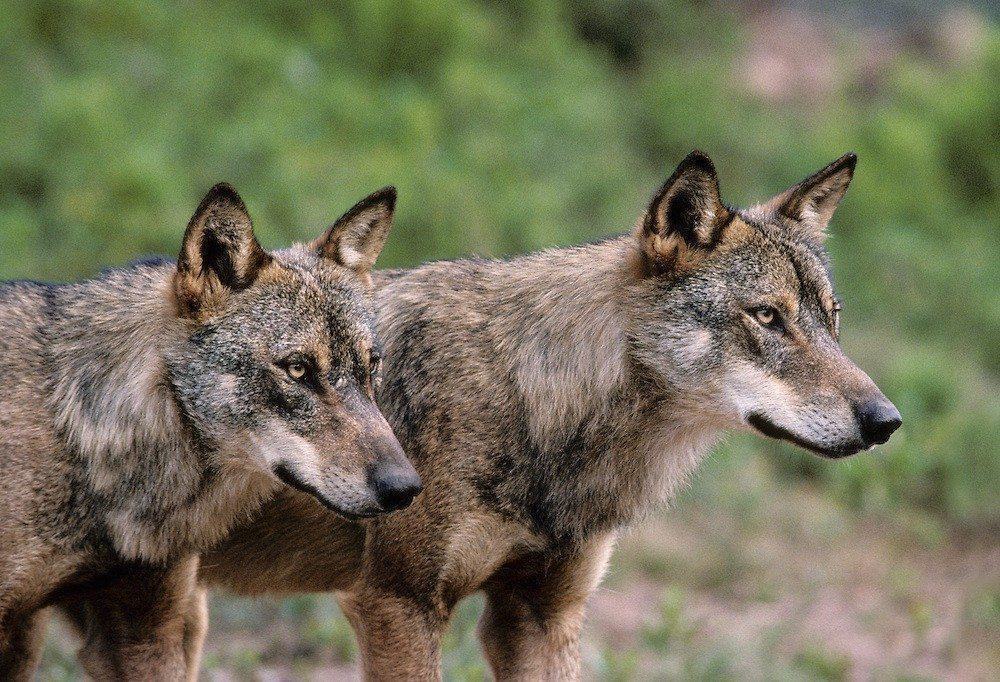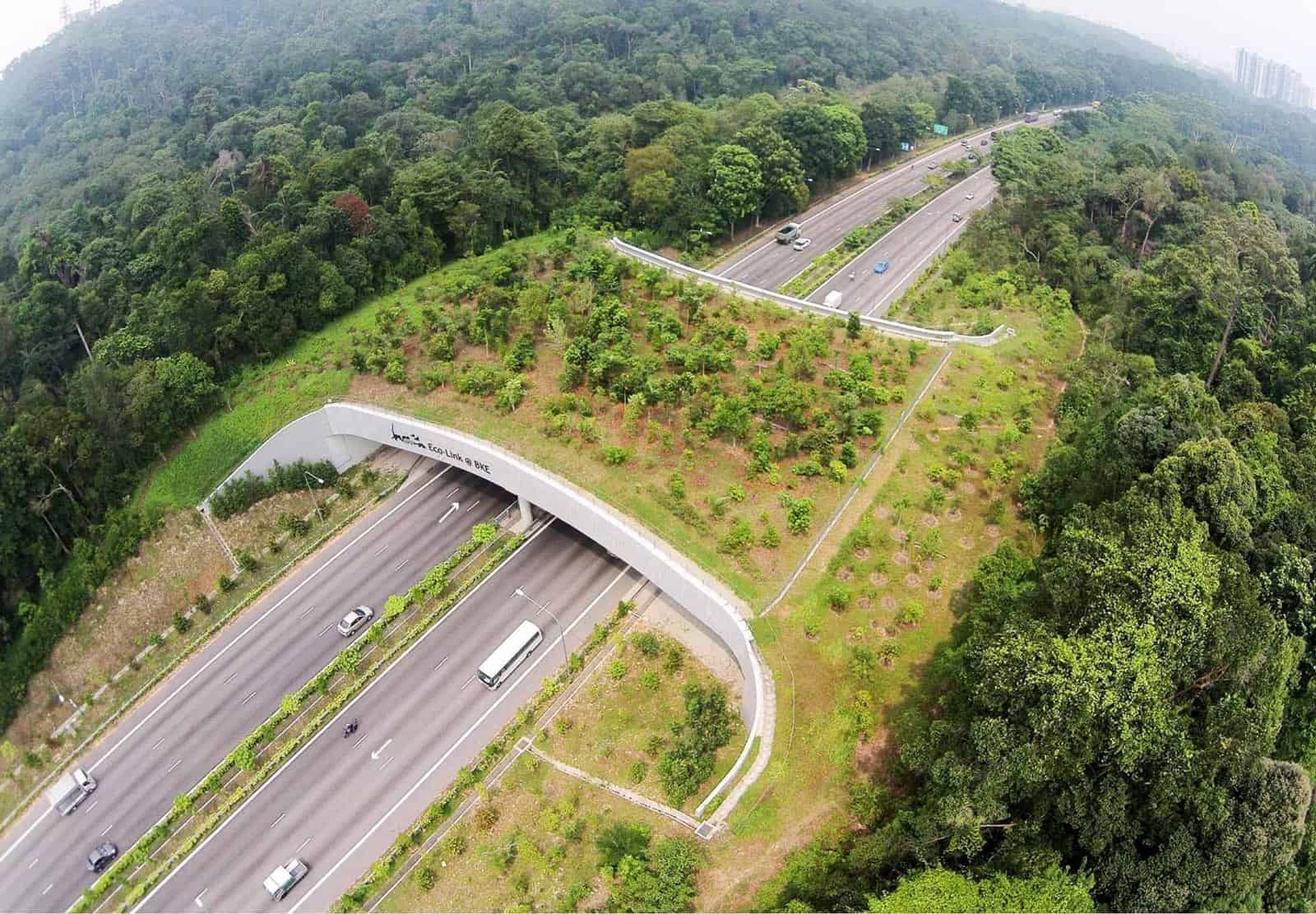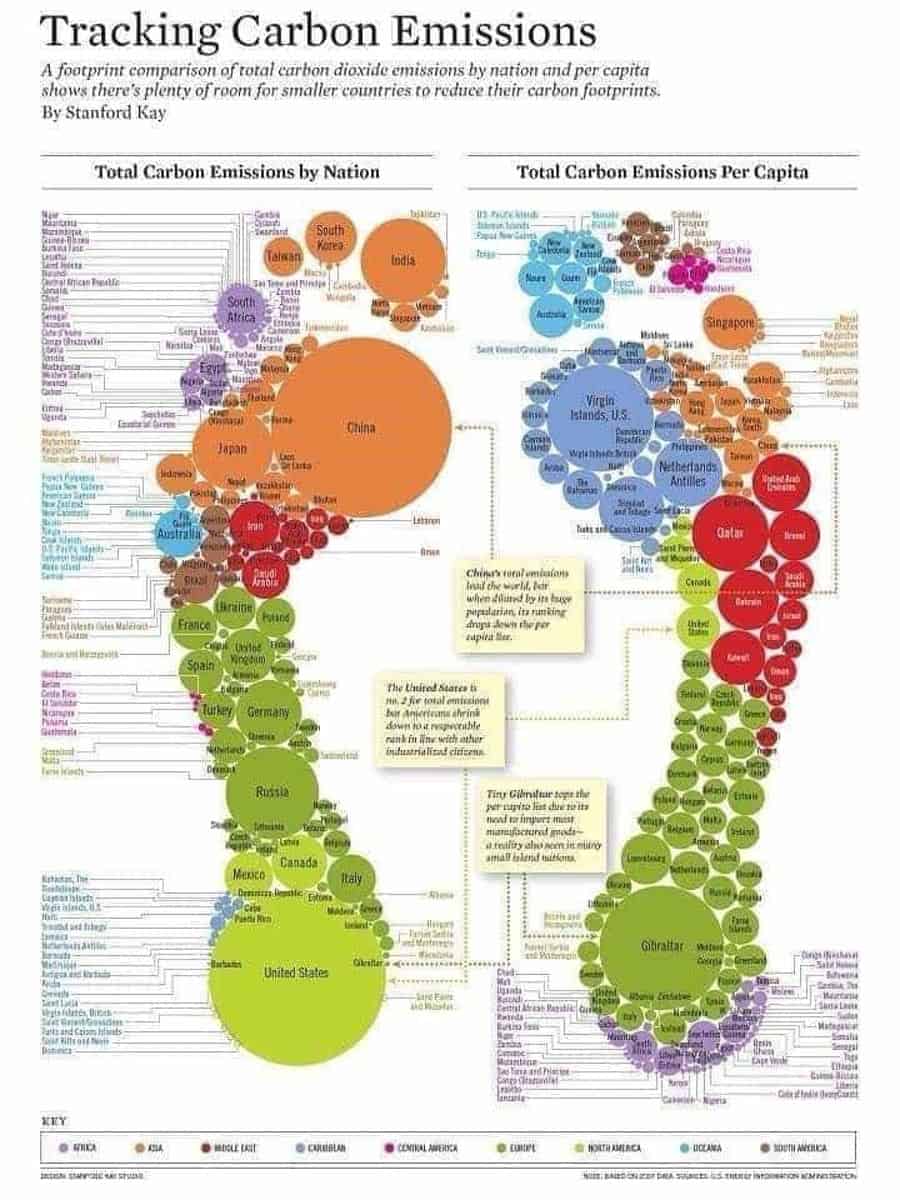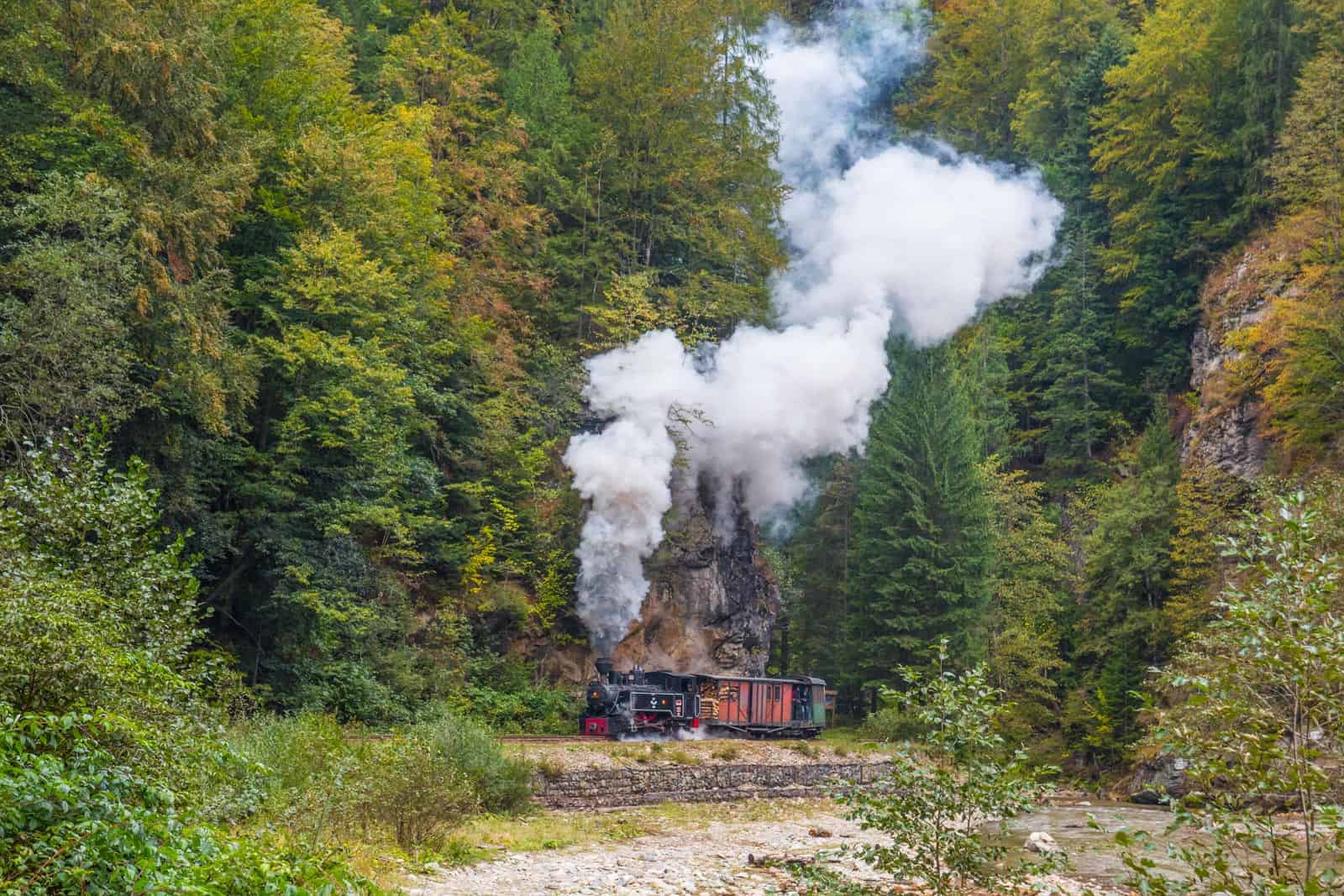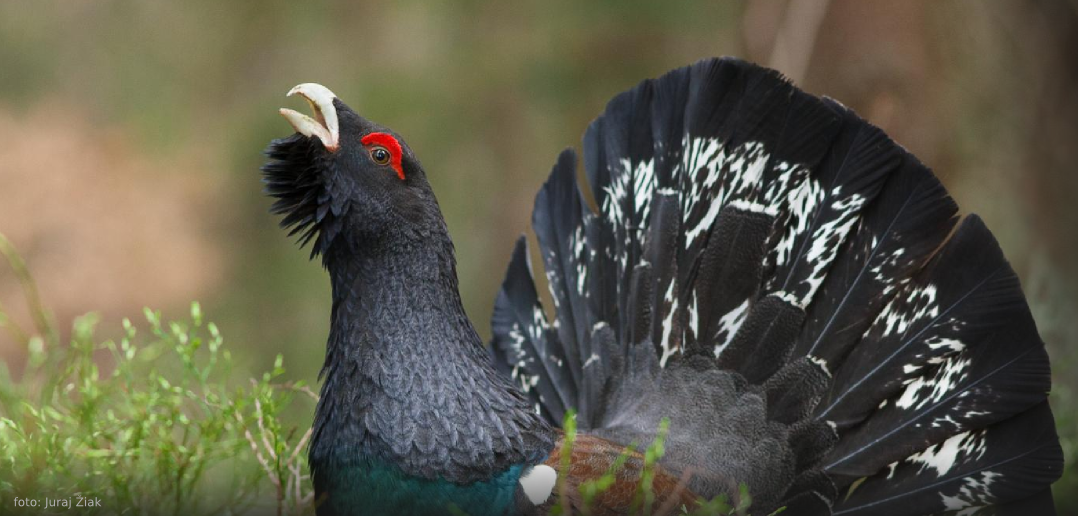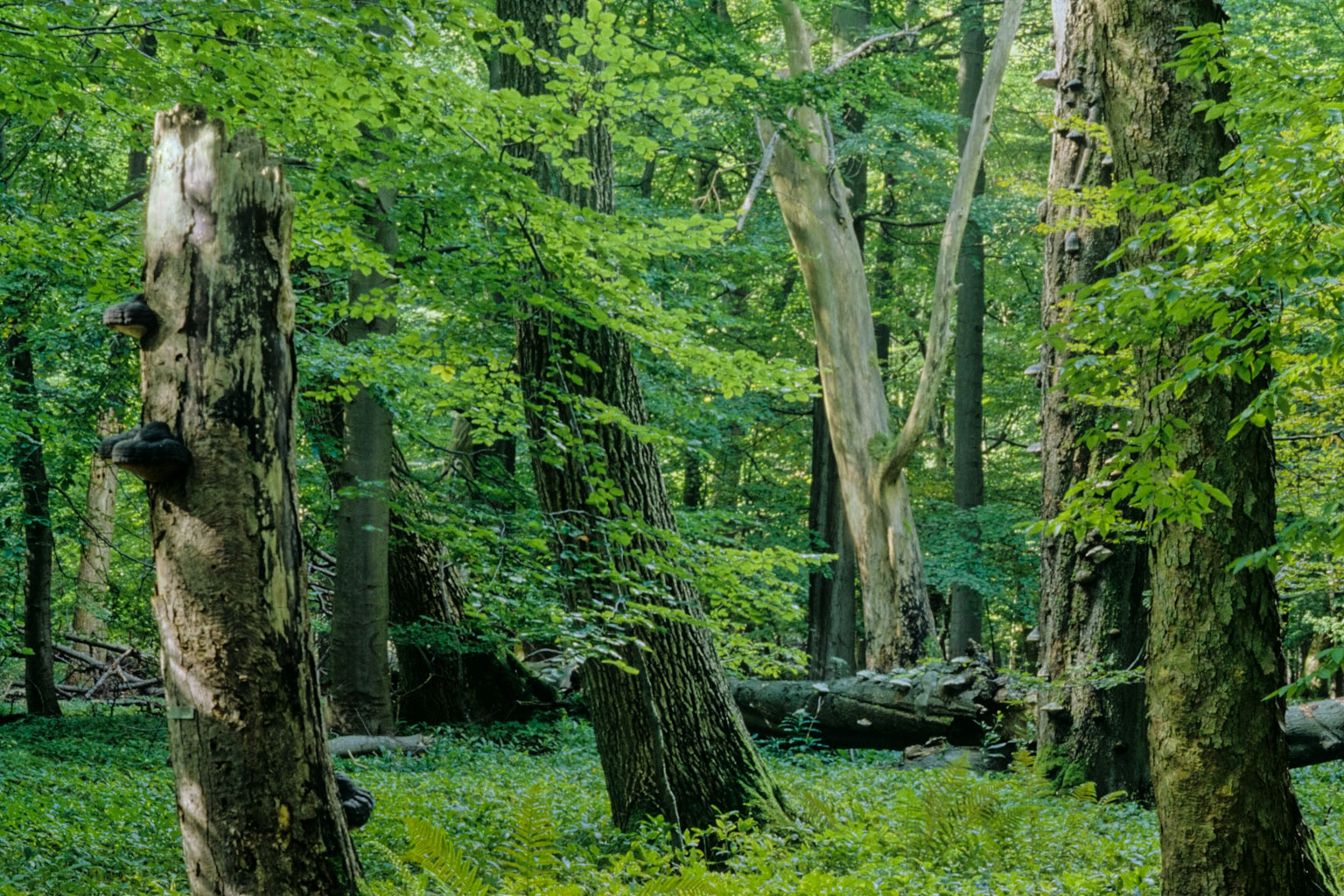To conserve biodiversity in long-term, Wilderness conservation is most effective
In a world with limited resources, especially time and money, it is important to invest them well. During the current sixth mass extinction, this is especially crucial in conservation, to save as many species as possible from extinction with the limited resources. A recent study by Sacre et al. (2019) examined whether it is better to focus the efforts on Wilderness conservation or frontier conservation. Frontier conservation means investing resources in an area that is already under high threat, while Wilderness is under low threat. In other words, frontier conservation focuses on areas where there is already a lot of human impact having a severe impact on the ecosystems. On the other hand, Wilderness is still intact, and as such not under direct threat for biodiversity loss.
Please also read: Wilderness reduces extinction risk by 50%
Wilderness more effective in the long run
The study found that neither frontier nor Wilderness conservation are always better. Instead, which one is more effective depends on a variety of factors. Wilderness conservation is normally a better investment for long-term goals of biodiversity preservation. On the other hand, frontier conservation provides quick success, but is less effective in long-term.
Which one is more effective also depends on how the threat level changes over time. Often, this follows a sigmoidal curve, where the threat level in an intact area is minimal at first. Then, as deforestation starts, the threat level exponentially increases due to better access to the forest. However, once the area is completely modified by humans, little more biodiversity loss can occur. Therefore, the threat level then decreases again. In such a case, Wilderness conservation is much more effective than frontier conservation, as it acts as a prevention of greater loss at a low cost.
Frontier conservation
However, frontier conservation can sometimes also be more effective that Wilderness conservation. That’s the case when the high-threat ecosystem has a high restoration potential. With frontier conservation, such an area can easily recover and again host many species it had previously lost. As Wilderness is already at a very natural state, its recovery potential is minimal, on the other hand.
Crucial for prioritising conservation is also an area’s biodiversity value. Globally, the largest Wilderness are often remote and less productive areas, such as high mountains, deserts or polar areas. These areas are also less species-rich than the more threatened productive areas. This can favour frontier conservation, as the biodiversity value there is often higher than in Wilderness areas. Yet, on a local scale, the Wilderness is likely to have a higher biodiversity value, as species have already disappeared from more affected areas. Therefore, here the choice between frontier and Wilderness conservation depends mainly on the scale of planning (regional versus local).
At European Wilderness Society, we are protecting Europe’s remaining Wilderness that is often last resort to rare species. in this way, we protect the biodiversity long-term, as well as preserve the unique Wilderness experience for humans.

